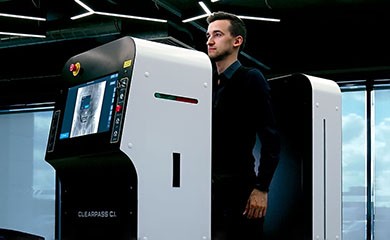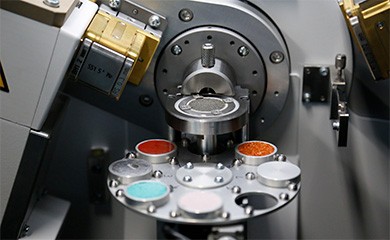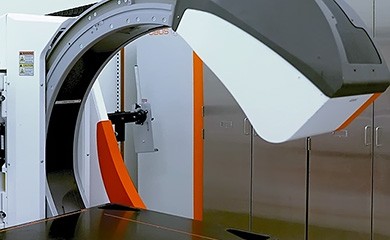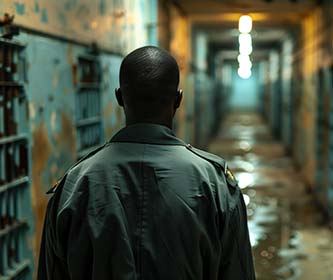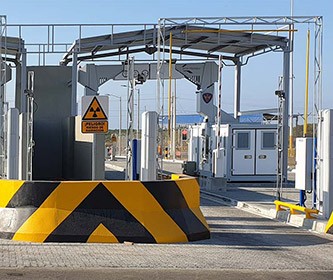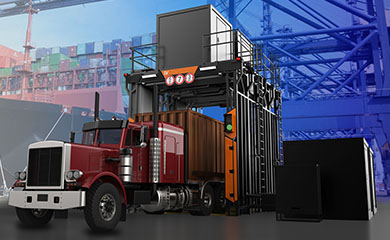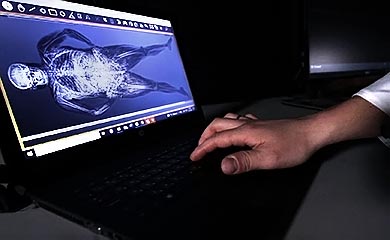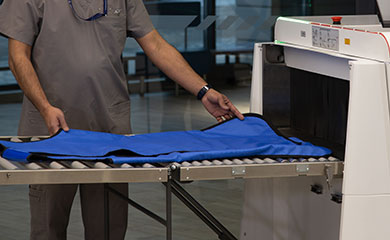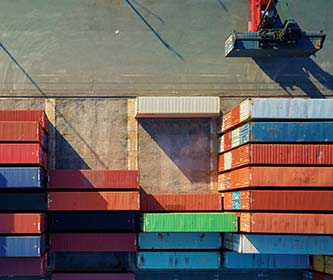

01 October 2025
Customs, Borders, and Ports: Finding Organic Threats in Dense Loads With Security Screening X-ray Solutions
US infrastructure is growing. The FAA expects passenger numbers to continue increasing at major hubs. Cargo tonnage at ports like Los Angeles/Long Beach, Savannah, and Houston is still high following the pandemic-era reshoring. At the same time, CBP confiscated record amounts of synthetic opioids in the last two fiscal years. These drugs were commonly hidden in machine components, ceramics, and large packages. State-level school safety programs and security for critical infrastructure are adopting entry screening.
These issues clash at the screening line. Operators must meet TSA and DHS performance goals, follow TSA’s SD 1546 series and ICAO Annex 17 principles, and follow OSHA and state radiation safety laws, all without slowing down productivity. To help U.S. customs, borders, and ports move cargo while increasing interdiction rates, our security screening X-ray solutions use dual-energy algorithms to identify organic threats from thick, crowded backgrounds.
Dual-energy imaging switches between low and high X-ray spectra to measure differential attenuation, which is how materials are classified by their effective atomic number. Compared to metals, ceramics, or glass, organic compounds like explosives, drugs, and agricultural contraband have their own unique signatures. For Dense loads, such as engine blocks, piled consumer goods, or palletized clothing, single-energy images might hide or saturate organic contrasts. Dual-energy restores separability by creating color-coded overlays of organic masses that are still readable even when they are covered by dense cargo.
Linev Systems® adjusts our energy separation, detector dynamic range, and anti-saturation processing for the high-throughput needed in U.S. operations. Our multi-frame fusion keeps images stable on moving conveyors and drive-through portals, keeping small differences that are important for finding organic materials behind metal housings or stacked packaging. These features are essential to our X-ray security screening solutions for checking bags, packages, and vehicles/cargo.
Every unneeded secondary inspection costs a lot in terms of time and cost. It gets in the way of passenger flow or SLA commitments related to cut-off periods in airports and for air cargo. It takes up inspection bays and officer time at sites overseen by CBP. Dual-energy imaging, along with AI-assisted targeting, only identifies areas whose organic signatures reach risk levels that match U.S. threat profiles. These include powders, gels, sheets, polymer-bound explosives, and precursor compounds that are linked to making fentanyl.
The warning, the enlarged and magnified area, and the two energy measures that set it off are extremely visible to operators. Reviewers can confidently clear harmless items or raise issues with strong reasons. Sites that use our security screening X-ray solutions usually report fewer false positives and fewer secondary inspections after adjusting their mix of goods. This is a win for productive operations that still follow TSA, CBP, and USPS inspection rules.
Facilities in the U.S. operate on a massive scale and often include many unions and rotating shifts. Our consoles are easy to understand and work the same way on all of our products. This lets cross-trained staff shift between baggage, mail, and cargo stations. Our custom color palettes let individuals who are color-blind operate our systems. Quick toggles enable you to see things in single-energy, dual-energy, high-penetration, and edge-enhanced perspectives for quick decision-making. The built-in training modules include examples of popular U.S. concealments, like drugs in car parts, explosive precursors in consumer packaging, and weapon parts in bulky carry-ons. This way, people can keep their skills sharp without having to take the scanners offline. One reason our security screening X-ray solutions reduce review times and keep quality stable across shifts is that we focus on an easy interface to manage for operators and AI capabilities.
Safety from radiation is one of the highest concerns when it comes to X-ray screening devices. Our systems are built to have minimum leakage, interlocked access panels, and real-time dosage monitoring that helps facilities fulfill state and NRC rules. Audit-ready logs for airports and indirect air carriers keep track of operator actions, image states, and alert histories. These logs help with TSA inspections and corporate QA processes. Encrypted data export and standards-based APIs work with U.S. security operations centres, case management applications, and, when allowed, federal information exchange programs. Our security screening X-ray solutions are built on the principle that data flows should be both traceable and secure.
By 2025, an increasing number of American operators will incorporate X-ray screening into their broader digital workflows. Our platforms work with conveyor control, dimensioning and weighing systems, LPR at vehicle gates, manifest and ACE/ABI data for trade entry, and even workplace identity systems for secure facilities. When dual-energy flags an organic anomaly, the system can automatically send a package to a safe inspection belt, keep a car in a drive-through bay, or link the alarm to shipment and driver data, which speeds up decision-making and reduces manual work.
For airports, dual-energy cuts down on false alarms at busy checkpoints and checked luggage rooms, which helps the TSA meet its wait-time goals while also making it easier to find organic threats. CBP and bonded warehouse managers can interdict drugs and agricultural contraband that are hidden in machine parts or dense pallets without “opening everything.” For integrators that work with e-commerce hubs and USPS processing centres, it eases the load of busy season by reducing the number of manual resolutions that would otherwise miss trailer departure times. In every scenario, our security screening X-ray solutions improve throughput and risk management, which are two sides of the same operational coin in the U.S.
Several factors are shaping our agenda as we look ahead to 2026. The widespread use of lithium batteries makes attenuation profiles more challenging to understand. We are working on algorithms that will keep organic discrimination near high-Z and high-density areas. The world of synthetic drugs is changing, and we update our algorithms to find new patterns in precursors. States and businesses are required to be more environmentally friendly, which means using less energy. Our efficient power management lowers draw without lowering image quality. Our platforms are built to adapt through software as federal guidance changes, whether it’s TSA updates on how to handle alarms or CBP initiatives on data sharing. This protects your investment.
At Linev Systems®, we believe that clear and reliable X-ray imagery is an integral component of a security approach, enabling people and goods to move safely and efficiently, even in the most crowded and chaotic situations. Dual-energy material discrimination is proven to work and increase interdiction rates. When used in processes that focus on operators, follow the rules for data, and allow for open integrations, our security screening X-ray solutions identify organic dangers and reduce secondary inspections. That’s how American facilities can handle the amount of work in 2025 with the highest level of security.
